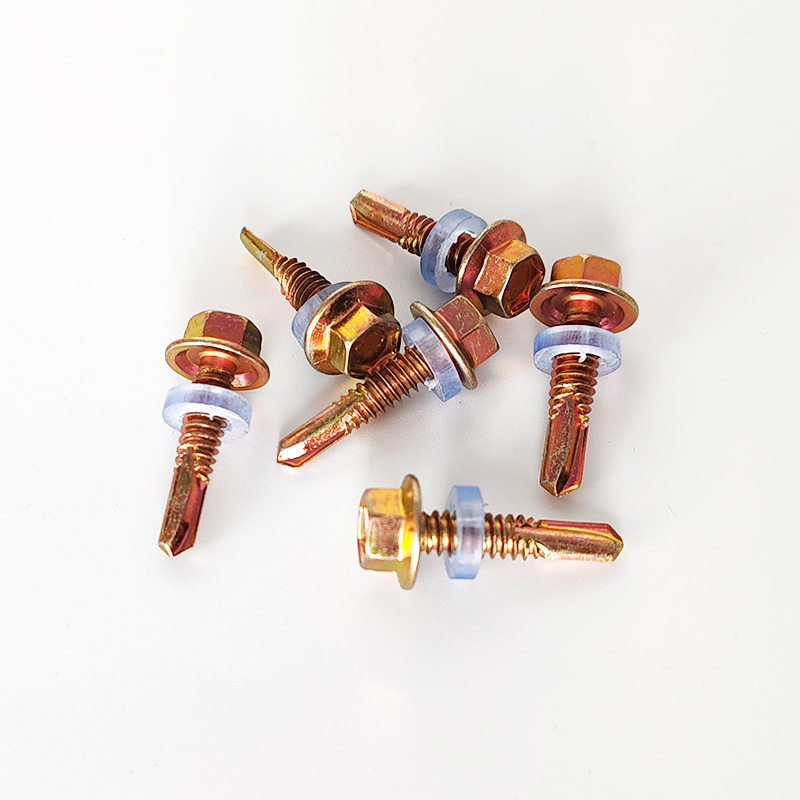Understanding Dimensions and Specifications of Shear Studs in Construction Applications
Understanding Shear Stud Dimensions A Key Factor in Structural Engineering
Shear studs are critical components in the field of structural engineering, particularly in composite construction. They serve to connect the concrete slab and the steel beams, enabling them to act together structurally. The efficiency of this connection is largely dependent on the dimensions of the shear studs, which can significantly impact the overall performance and durability of a structure. Understanding shear stud dimensions is therefore essential for engineers and architects, ensuring the safety and reliability of buildings and bridges.
The Role of Shear Studs
Shear studs are designed to transfer forces between concrete and steel, enabling composite action. This means that when loads are applied to the structure, both the concrete and steel work together to resist bending and shear forces. To achieve optimal performance, the dimensions of shear studs must be carefully considered. Factors such as diameter, height, spacing, and the material properties all play a pivotal role in their effectiveness.
Key Dimensions of Shear Studs
1. Diameter The diameter of a shear stud typically ranges from 5/8 inch to 1 inch. Larger diameters can provide greater shear capacity but may require careful consideration regarding the overall weight and aesthetic of the structure. Engineers must balance strength with practicality, ensuring that the size of the stud is commensurate with the loads expected.
2. Height The height of a shear stud is just as crucial as its diameter. A standard height can range from 4 to 8 inches. Taller studs generally provide a larger surface area for bonding with concrete, which can enhance the composite action and improve structural integrity. However, excessive height can lead to complications in construction and may affect the slab's final profile.
3. Spacing The spacing of shear studs is vital to ensure that the force is evenly distributed across the concrete slab. Common spacing varies from 12 to 36 inches, depending on the design requirements and the loads imposed on the structure. Increased spacing can reduce the overall number of studs needed but must be balanced against potential shear failures.
shear stud dimensions

4. Material Properties Most shear studs are fabricated from high-strength steel, which provides the necessary strength and ductility. The specifications for material strength will influence the diameter and height of the shear studs selected for a project. Engineers must refer to relevant standards, such as the American Institute of Steel Construction (AISC) guidelines, to ensure compliance and optimal performance.
Factors Influencing Shear Stud Selection
When selecting the appropriate shear stud dimensions, several factors need to be considered
- Load Requirements Engineers must analyze the expected loads on the structure, including dead loads (permanent/static forces), live loads (temporary/dynamic forces), and environmental loads (wind, seismic, etc.). This analysis will inform the required shear capacity and subsequently the dimensions of the studs.
- Concrete Strength The compressive strength of the concrete is also a vital factor. Higher-strength concrete may allow for smaller stud dimensions without compromising structural integrity.
- Construction Techniques The method of construction can impact the choice of shear stud dimensions. For example, welding shear studs to steel beams is commonly employed in modern structures, and the ease of welding can influence the selected dimensions.
Conclusion
The dimensions of shear studs are not just a matter of specification; they are a foundational aspect of structural engineering that directly impacts the safety and performance of a project. By understanding the various dimensions and their implications, engineers can make informed decisions that facilitate effective composite action between concrete and steel. As the field of structural engineering continues to evolve, attention to detail in shear stud dimensions will remain a crucial aspect of building robust and resilient infrastructures that stand the test of time.
-
Weatherproof Plastic Expansion Anchors for OutdoorNovasJun.06,2025
-
Sustainability in the Supply Chain: Eco-Friendly TEK Screws ProductionNovasJun.06,2025
-
Load-Bearing Capacity of External Insulation FixingsNovasJun.06,2025
-
Double Head Bolts: Enhancing Efficiency in Industrial MachineryNovasJun.06,2025
-
Corrosion Resistance in Chipboard Screws: Coatings for Wholesale DurabilityNovasJun.06,2025
-
Butterfly Toggle Bolts : Enhancing Structural ResilienceNovasJun.06,2025
